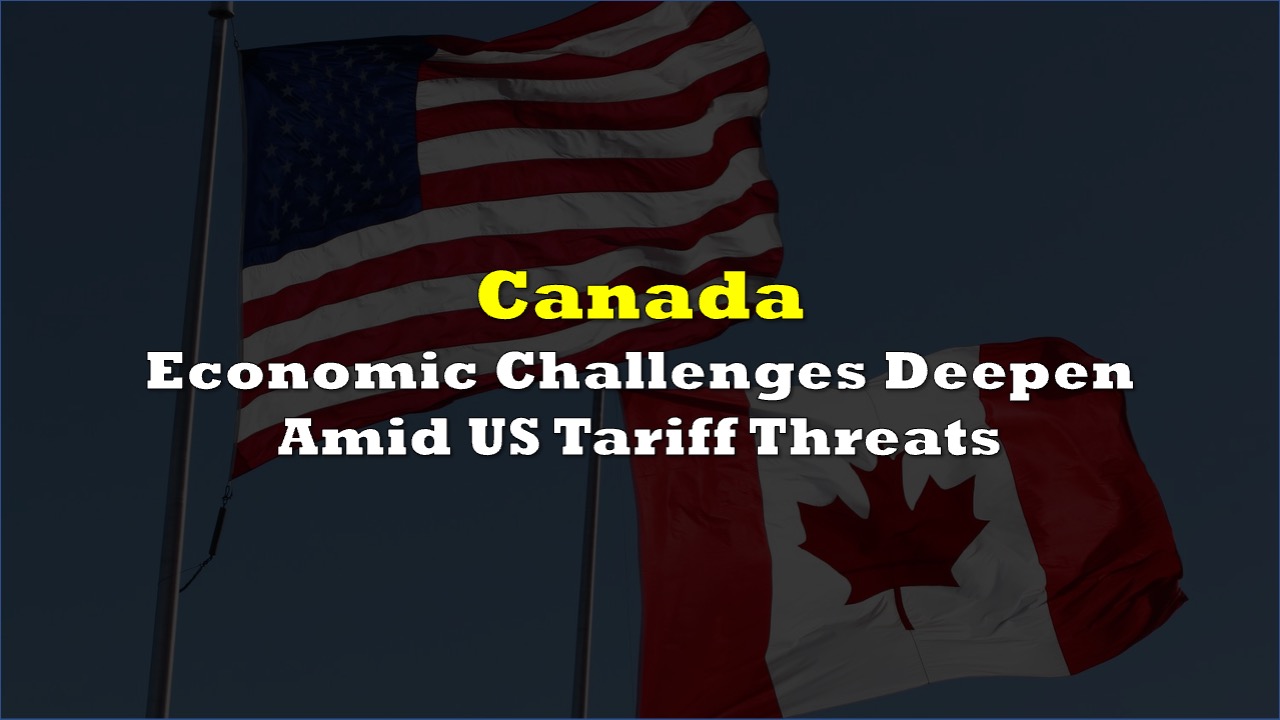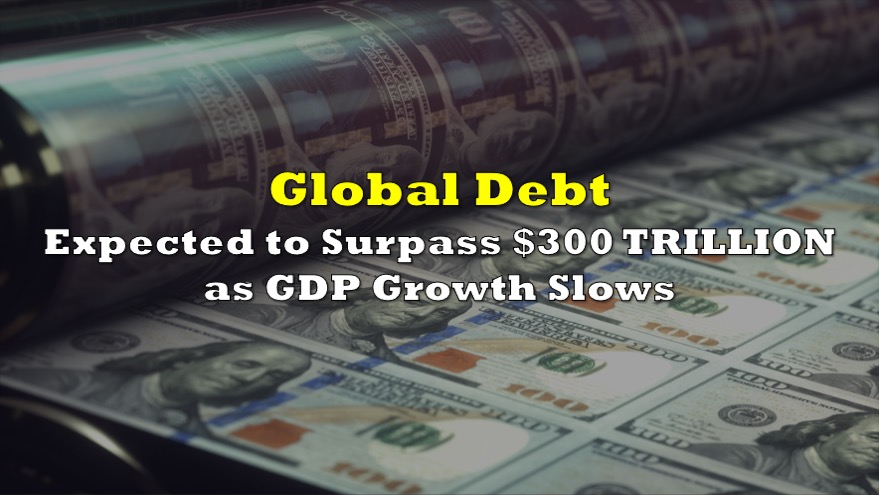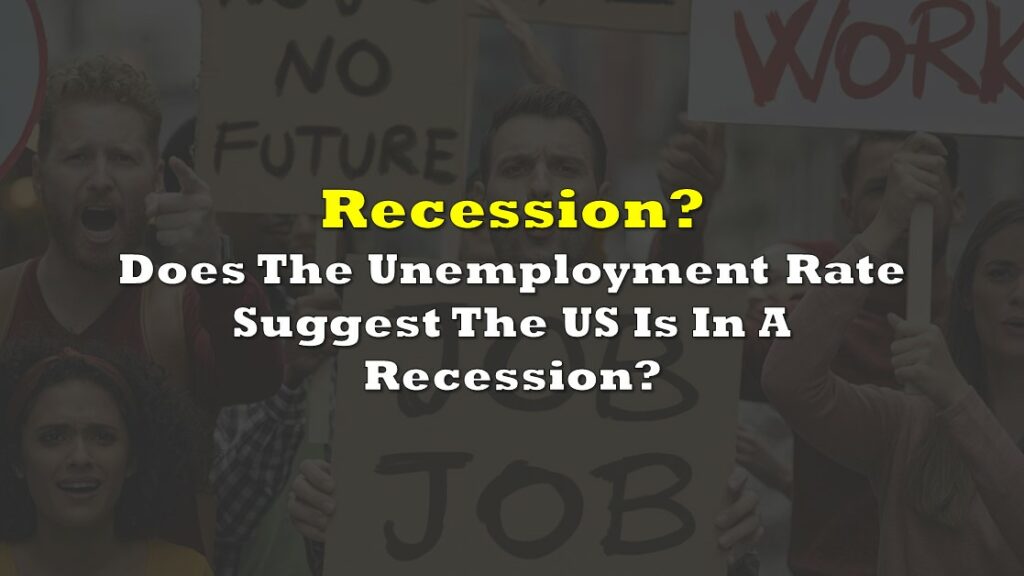Canada faces mounting economic pressures as its currency hits multi-year lows and growth forecasts dwindle, complicating the nation’s response to threatened tariffs from its largest trading partner, the United States.
The Bank of Canada recently cut its GDP growth projections to just 1.8% for both 2025 and 2026, down from earlier forecasts of 2.1% and 2.3%, signaling deepening concerns about the country’s economic trajectory.
“Canada is woefully outmatched in this fight and the proposed response to U.S. tariffs would have catastrophic consequences for an economy that is already on the ropes,” writes Robert Burgess, executive editor of Bloomberg Opinion.
The Canadian dollar has fallen to its weakest level since early 2016, reflecting investor concerns about fundamental economic weaknesses that have plagued the country for over a decade. Per capita GDP, which exceeded American levels as recently as 2012 at $52,670 versus $51,784, has now significantly diverged, with Canada at $53,431 compared to America’s $82,769 in 2023.
According to Burgess, Canada’s economic losses could exceed 1% of GDP and may reach 5% between lost profits and sales if a full trade conflict develops, based on analysis from financial institutions.
Flashback: Canada’s Economy Lags Behind in GDP Per Capita Growth
The underlying economic issues extend beyond trade relations. Canada’s productivity has fallen from sixth place among OECD countries in 1970 to 18th by 2022, with businesses investing roughly half as much per worker as their American counterparts.
“Administrative burdens across multiple levels of government have created inefficiencies and increased internal trade barriers,” Burgess notes. “Infrastructure choke points and red tape make international trade more difficult than it should be.”
While Burgess acknowledges the political logic of responding forcefully to tariff threats, he suggests that Canada’s best long-term strategy would be addressing its structural problems, including interprovincial trade barriers and a tax burden of 34.8% of GDP compared to America’s 25.2%.
“Turning back to the real world, that’s unlikely to happen,” Burgess concludes. “But if there is a silver lining, it would be that Trump forces Canada to finally confront its structural economic weaknesses.”
Information for this story was found via the sources and companies mentioned. The author has no securities or affiliations related to the organizations discussed. Not a recommendation to buy or sell. Always do additional research and consult a professional before purchasing a security. The author holds no licenses.









